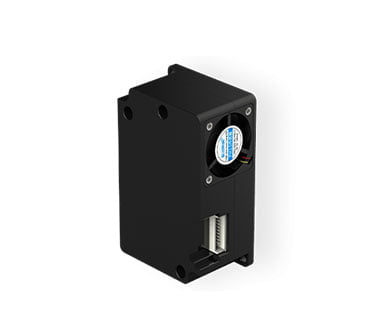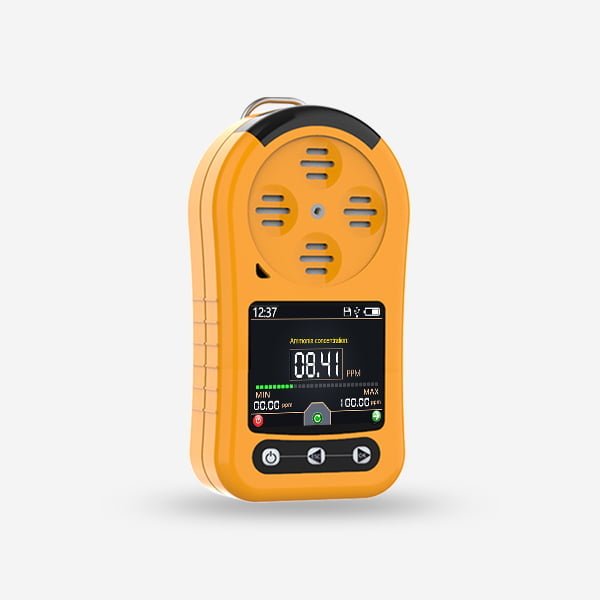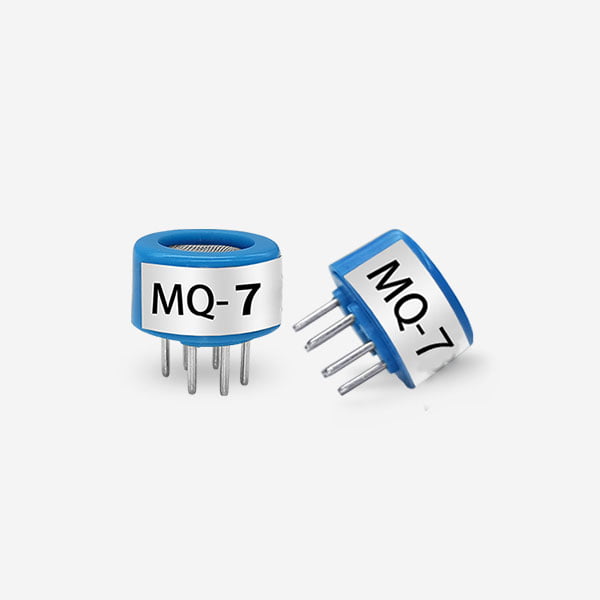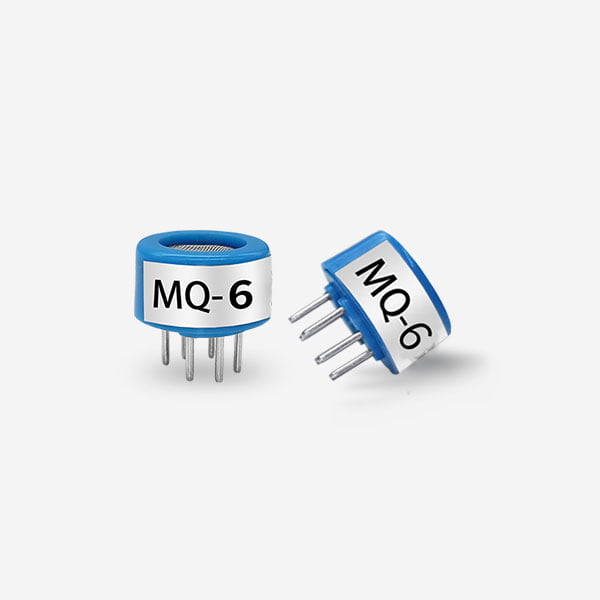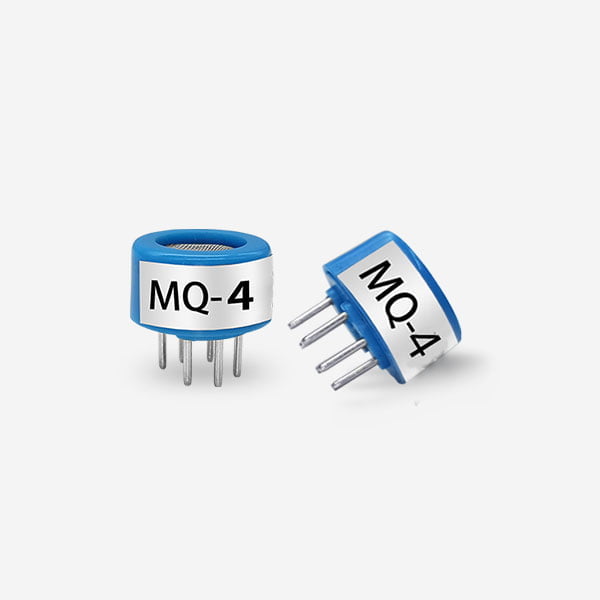Ozone sensor are devices measure the concentration of ozone in the air. There are two main types of ozone sensors: electrochemical and optical. Electrochemical ozone sensors use an electrode that reacts with ozone to produce an electric current, which is then converted into a digital reading. Optical ozone sensors utilize the UV absorption properties of ozone and measure the amount of UV light absorbed by the gas.

Working Principle of Ozone Sensor
Ozone sensors, also known as ozone detectors or ozone analyzers, use various technologies to measure ozone concentrations in the air. One commonly employed method is electrochemical sensing, where a reactive electrode is exposed to the sample air containing ozone. The ozone reacts with the electrode, producing an electrical current that is proportional to the ozone concentration. This current is then measured and converted into a digital reading, providing real-time ozone level data.
Advantages of Ozone Sensor

Ozone sensor offer several advantages over traditional monitoring methods. Firstly, they provide accurate and precise measurements of ozone concentrations, enabling effective air quality assessments. This accuracy is particularly crucial in high-risk areas where even small changes in ozone levels can have significant health implications. Secondly, ozone sensors have fast response times, allowing for immediate detection of ozone spikes or events. This quick response enables timely action to be taken, such as issuing alerts or implementing control measures to protect public health. Additionally, ozone sensors are portable, easy to use, and cost-effective, making them suitable for both personal and professional use.
Applications of ozone sensor

The primary application of ozone sensors is in monitoring and controlling ambient air quality. Environmental agencies and regulatory bodies utilize these sensors to measure ozone levels in urban areas, industrial sites, and regions prone to atmospheric pollution. By continuously monitoring ozone concentrations, authorities can identify pollution sources, assess the effectiveness of emission reduction strategies, and implement measures to mitigate ozone-related health risks. Furthermore, ozone sensors find application in indoor air quality monitoring, particularly in settings such as schools, hospitals, and offices. Continuous monitoring of ozone levels indoors helps ensure a safe and comfortable environment for occupants.
Future Developments
Ongoing research and development efforts focus on enhancing the performance and capabilities of ozone sensors. Scientists are exploring novel sensor materials and designs to improve sensitivity, selectivity, and stability. Additionally, advancements in miniaturization and wireless connectivity enable the integration of ozone sensors into smart devices and Internet of Things (IoT) platforms. This integration allows for widespread deployment of sensors and real-time data collection, enabling comprehensive ozone monitoring networks. Furthermore, researchers are working on developing low-cost and low-power consumption ozone sensors, opening opportunities for personal exposure monitoring and wearable devices.
Conclusion
Ozone sensors play a critical role in monitoring and safeguarding air quality by accurately measuring ozone concentrations. Their advantages, including accuracy, speed, portability, and cost-effectiveness, make them indispensable tools for environmental agencies, regulatory bodies, and individuals concerned about their indoor and outdoor environments. With ongoing advancements in sensor technology, we can expect even more sophisticated ozone sensors in the future, contributing to improved air quality management, better public health protection, and a sustainable future for our planet.
